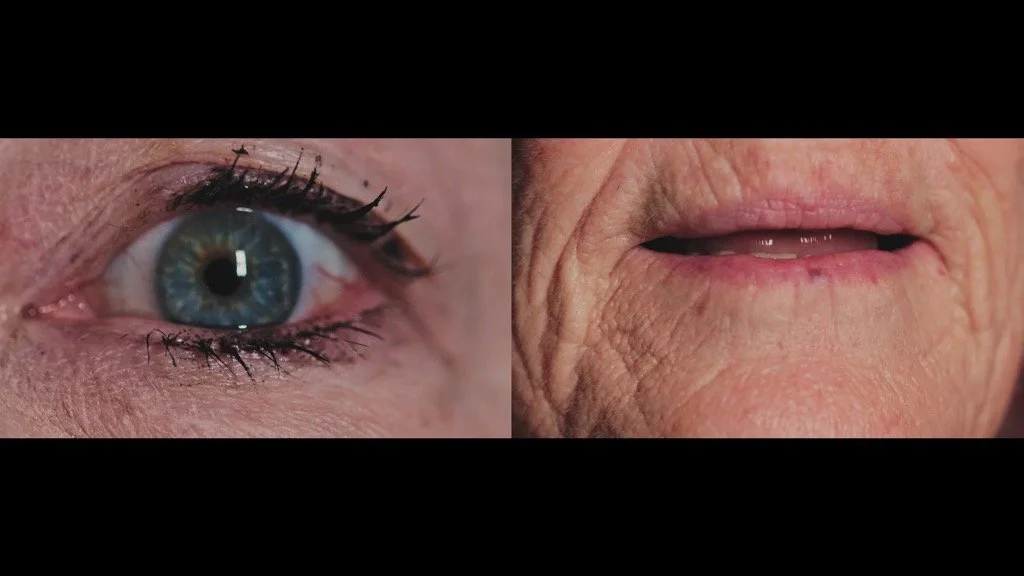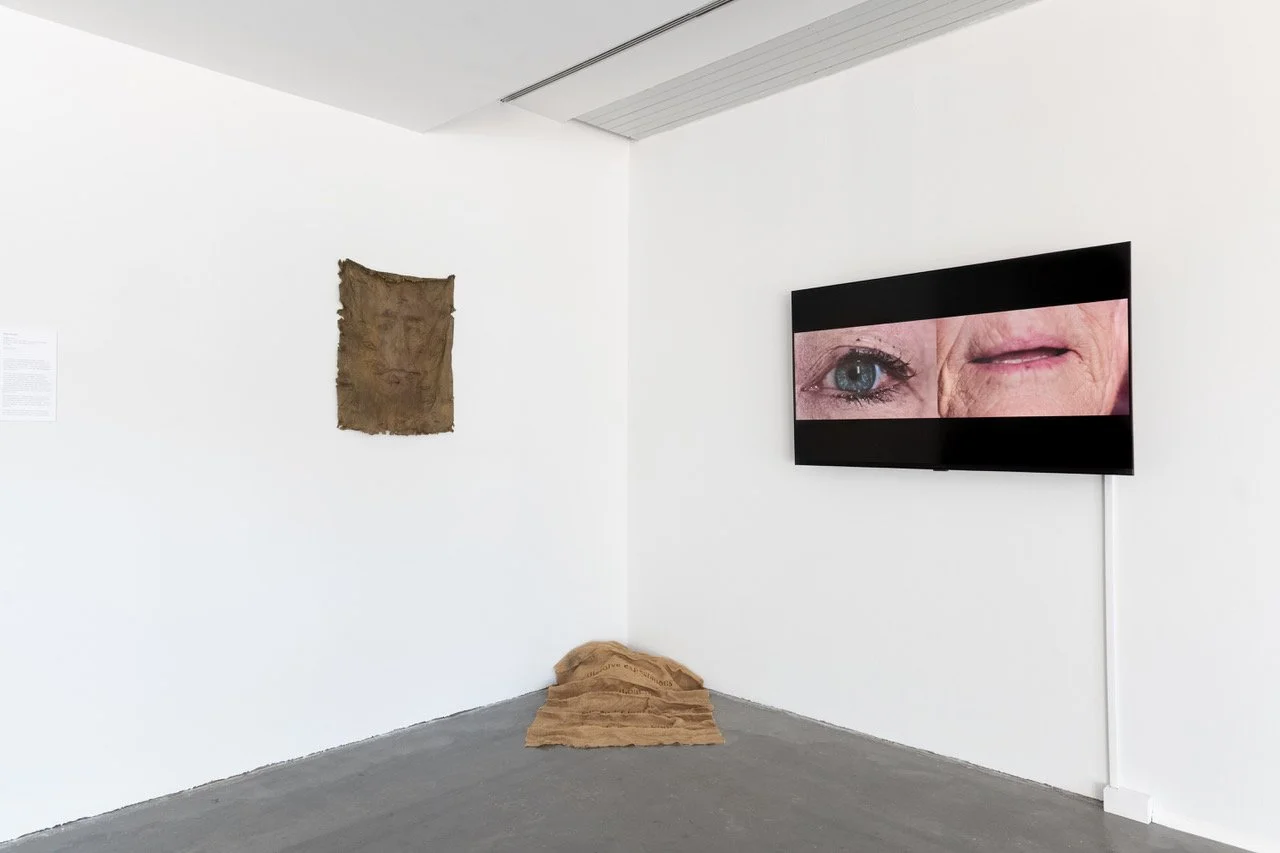Finding Hope in Corporeal Agency
In my artistic practice, I often return to making personal narratives eulogizing the body as offerings. In the 1990s I created elegiac videos commemorating and mourning those lost to AIDS. It was important to make the body sacred again. When I became physically disabled in 1996, my work then celebrated maligned bodies.
I find hope in taking action, especially with other like-minded artists. No different than political street protests throughout my lifetime, i.e., the 1968 Democratic convention in Chicago, Gay Liberation marches in New York, and No Kings rallies today.
After last fall’s elections, I was afraid. I’m 73 years old, paraplegic and queer. I feared for my community and reached out to friends to participate in a new project asserting our corporeal agency. I needed to feel safe. Joining me were cisgendered and trans folks, queer and straight, with varying abilities.
I asked participants to reclaim a part of their body. I thought of it as a political act of affirmation. We shot in slow motion close-ups that revealed the impact left by injury, disability and the passage of time. No faces were revealed, resulting in a meditative collage. The only didactic was in the end titles, “Our differences reveal our humanity.”
The “Corpus” video became a component in an installation currently on view at the Burlington City Arts Gallery in Vermont in a group exhibition, “Do We Say Goodbye? Grief, Loss, and Mourning.” Alongside the video, a tattered latex shroud of my face is displayed as a decaying relic, while a pile of burlap lies crumpled on the floor. Stenciled on the burlap are four phrases: “dissolve expectations,” “observe without judgment,” “surrender into ease” and “learn from the body.”
Surrounding my installation are sculptures, paintings, drawings, photography and video by other artists exploring themes of “memory, empowerment, transition and endurance.” I am blessed to be in such company. Given the exhibition’s theme, I initially worried that my work would be read as only grieving, not also celebratory. However, this has not been my experience with gallery visitors.
One university art student felt my theme was accepting and working with the bodies we are given. A woman in a senior center tour tearfully spoke about her embedded pain and trauma. I was on a panel with the Vermont Association of Psychoanalytic Studies exploring stigmas surrounding grief and how art can provide comfort, resiliency, and mental well-being.
My project felt necessary, creating a metaphorical space to hold me and my community safe. As it now makes its way into the world, will it change hearts and minds? While my intention, it is not my call. As Marcel Duchamp reminded us more than 60 years ago, a work of art is completed by the viewer: “The onlooker has the last word.”



